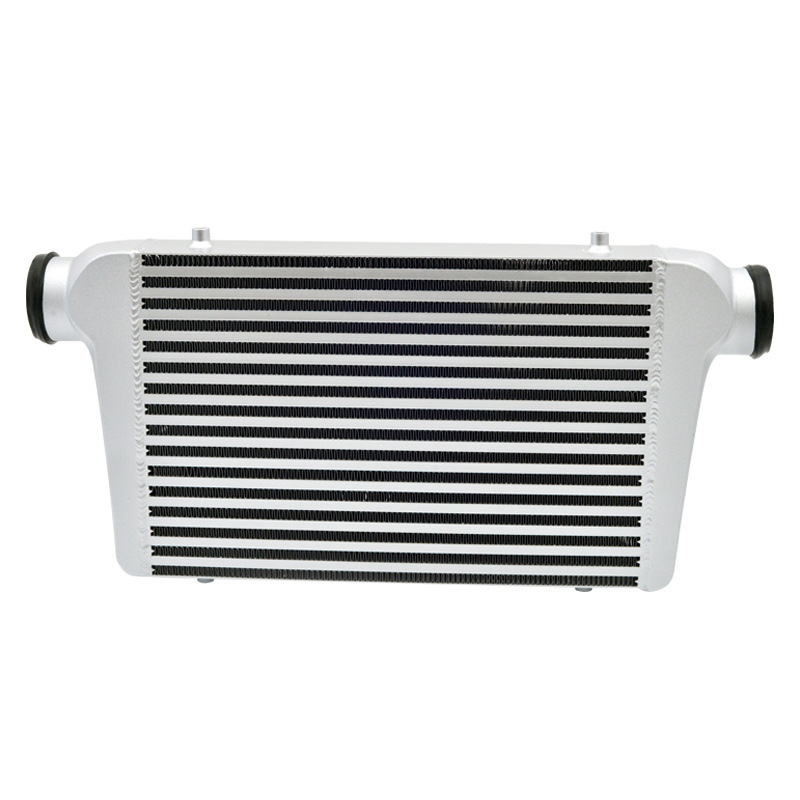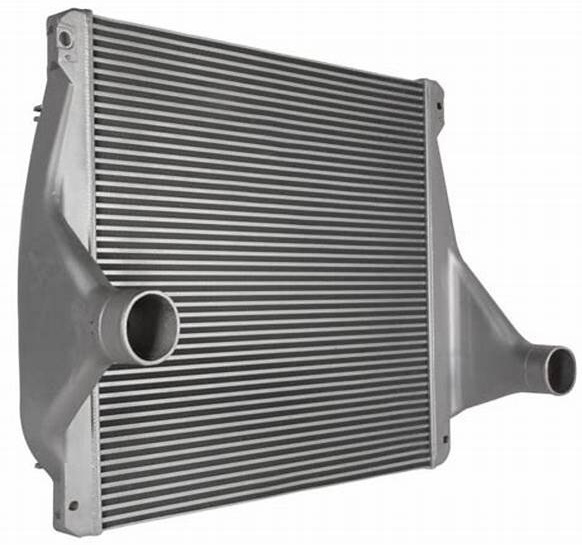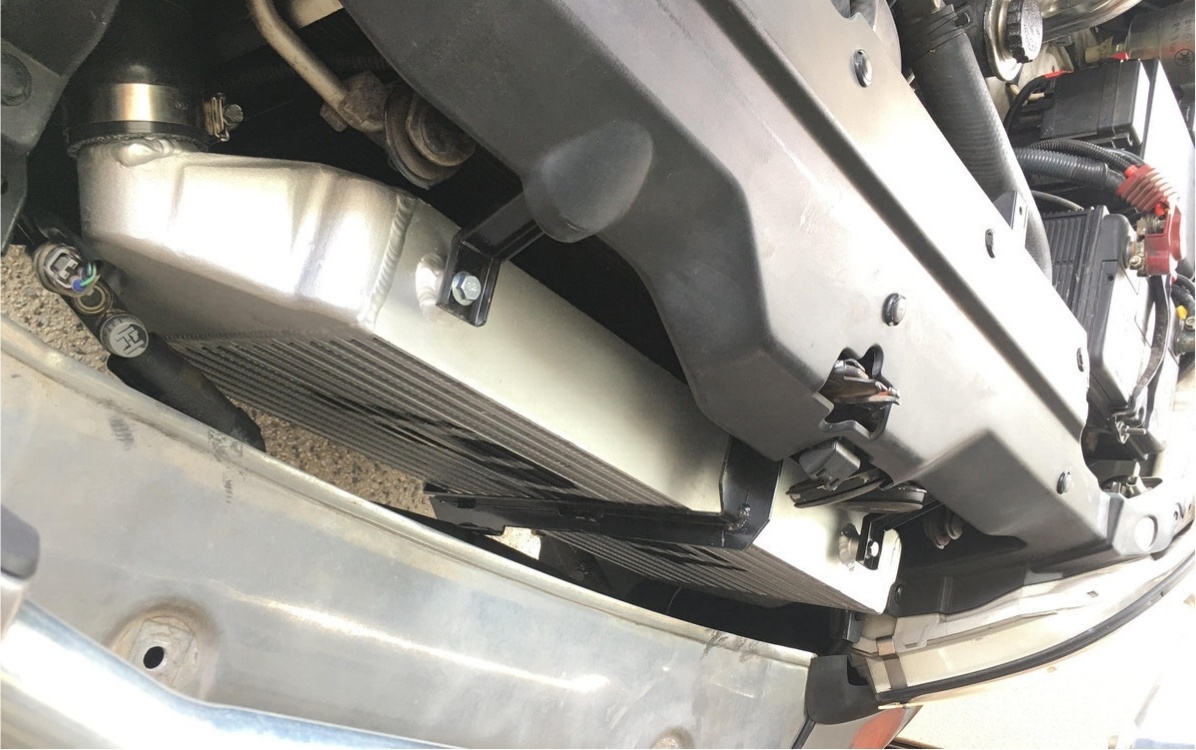PRODUKTE
Ladeluft-Ladeluftkühler-Set aus Aluminium
Wir bieten seit zehn Jahren thermische Lösungen für fast alle industriellen Anwendungsbereiche an, die Elektronik, Stromerzeugung, Rechenzentren, neue Energie, Automobil, Medizin, Chemie und Baumaschinen umfassen.

Kategorie:
Intercooler
Geben Sie Produktdetails oder andere spezifische Anforderungen ein, um ein genaues Angebot zu erhalten. Wir antworten innerhalb von 24-Stunden.
NEIN. |
ARTIKEL |
BESCHREIBUNG |
1 |
Material |
Aluminiumlegierung 3003 für Kern, ADC12 für Endbehälter |
2 |
Abmessungen (L*B*H) |
Bis zu 750 * 400 * 80 mm |
3 |
Anschluss G |
2,2,5 oder 3 Zoll oder benutzerdefiniert |
4 |
Betriebsdruck |
5 Takte |
5 |
Kühlleistung |
Bis zu 3000 W |
6 |
Mittel |
Wasser und Luft |
7 |
Art |
Plattenwärmetauscher |
8 |
Herstellungsverfahren |
Vakuumlöten und Argon-Lichtbogenschweißen |
9 |
Kühlmethode |
Wasser zu Luft |
10 |
Oberflächengüte |
Natur- oder Pulverbeschichtung |
11 |
Garantiezeit |
2 Jahre |
12 |
Ort der Region |
Provinz Jiangsu in China |
13 |
Referenzstandard |
GB / T 3190-2008, JBT7261 |
Zu den Ladeluftkühler-Technologien von Metalli gehören:
◆ Vakuumgelöteter Aluminium-Ladeluftkühler mit Aluminium-Druckgusstanks geschweißt
◆ Gelöteter Aluminium-Ladeluftkühler mit kontrollierter Atmosphäre und Aluminium-Druckgusstanks geschweißt
◆ Vakuum- oder CAB-gelöteter Aluminium-Ladeluftkühler mit Aluminiumblechtanks geschweißt
◆ Vakuum- oder CAB-gelöteter Aluminium-Ladeluftkühler mit Aluminium-Strangpresstanks geschweißt

▲ Automatischer Ladeluftkühler

▲ Truck intercooler
Brief of intercooler
An intercooler is a heat exchanger used to cool a gas after compression. Often found in turbocharged engines, intercoolers are also used in air compressors, air conditioners, refrigeration and gas turbines.
Internal combustion engines
Cooling fins inside an air-to-air intercooler
Most commonly used with turbocharged engines, an intercooler is used to counteract the heat of compression and heat soak in the pressurised intake air. By reducing the temperature of the intake air, the air becomes denser (allowing more fuel to be injected, resulting in increased power) and less likely to suffer from pre-ignition or knocking. Additional cooling can be provided by externally spraying a fine mist onto the intercooler surface, or even into the intake air itself, to further reduce intake charge temperature through evaporative cooling.
Multiple stages of compression
In automotive engines where multiple stages of forced-induction are used (e.g. a sequential twin-turbo or twin-charged engine), the intercooling usually takes place after the last turbocharger/supercharger. However it is also possible to use separate intercoolers for each stage of the turbocharging/supercharging, such as in the JCB Dieselmax land speed record racing car. Some aircraft engines also use an intercooler for each stage of the forced induction.[citation needed] In engines with two-stage turbocharging, the term intercooler can specifically refer to the cooler between the two turbochargers and the term aftercooler is used for the cooler located between the second-stage turbo and the engine. However, the terms intercooler and charge-air cooler are also often used regardless of the location in the intake system.
Air compressors
Intercoolers are used to remove the waste heat from the first stage of two-stage air compressors. Two-stage air compressors are manufactured because of their inherent efficiency. The cooling action of the intercooler is principally responsible for this higher efficiency, bringing it closer to Carnot efficiency. Removing the heat-of-compression from the discharge of the first stage has the effect of densifying the air charge. This, in turn, allows the second stage to produce more work from its fixed compression ratio. Adding an intercooler to the setup requires additional investments.

▲ Frontmontierter Luft-Luft-Ladeluftkühler
Schlüsselwort:






